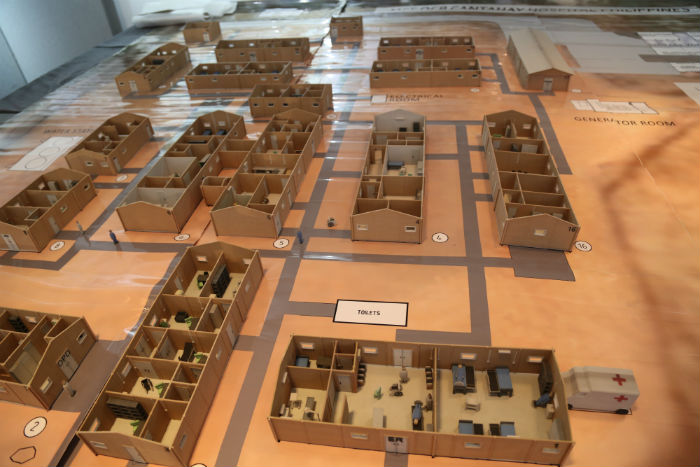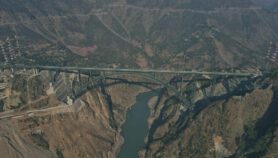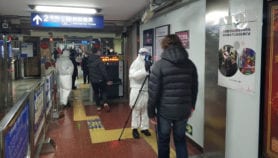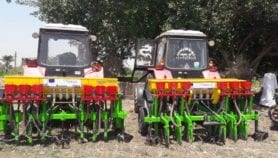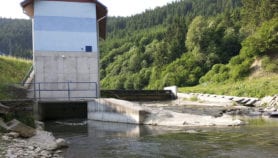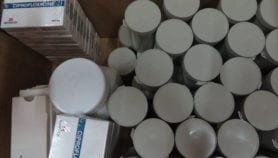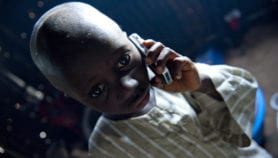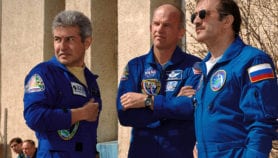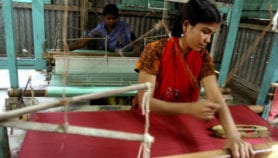By: Imogen Mathers
Send to a friend
The details you provide on this page will not be used to send unsolicited email, and will not be sold to a 3rd party. See privacy policy.
If you are unable to listen to this audio, please update your browser or go here to download.
With humanitarian crises intensifying worldwide, medical relief organisations are increasingly stretched. The protracted nature of conflicts also poses a challenge: rather than running short-term operations, charities such as Médecins Sans Frontières (MSF) are now in countries for far longer. And this means they need more durable kit, clinics built from long-lasting materials rather than the traditional tented encampments, and robust infrastructure.
I spoke to Elvina Motard, MSF technical team leader based in Belgium. She and her team have been experimenting with 3D printing and virtual reality to improve the design and effectiveness of hospitals and training programmes for field staff.
Until recently, MSF used 2D drawings when designing hospitals. But for medical staff and others unfamiliar with architectural design, such drawings can be hard to visualise as real structures. Today the organisation uses 3D printed models to help the process. Medical staff, architects and engineers can get together, discuss what the medical needs and contextual constraints are, and use 3D models of buildings, equipment and technical elements to design the best possible hospital.
Similarly, virtual reality programs that enable users to navigate hospitals can immerse staff in their design and acclimatise new field staff to the environments to which they will be exposed.
MSF is planning further uses for these technologies. Top of its list is to design a program that guides staff through medical procedures. As crises deepen worldwide and wars drag on, innovations like these can improve the care that people receive in crises.


